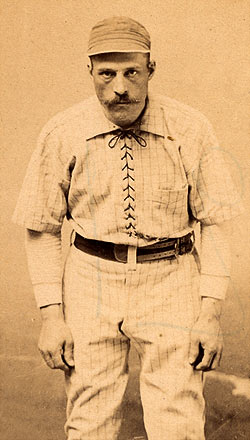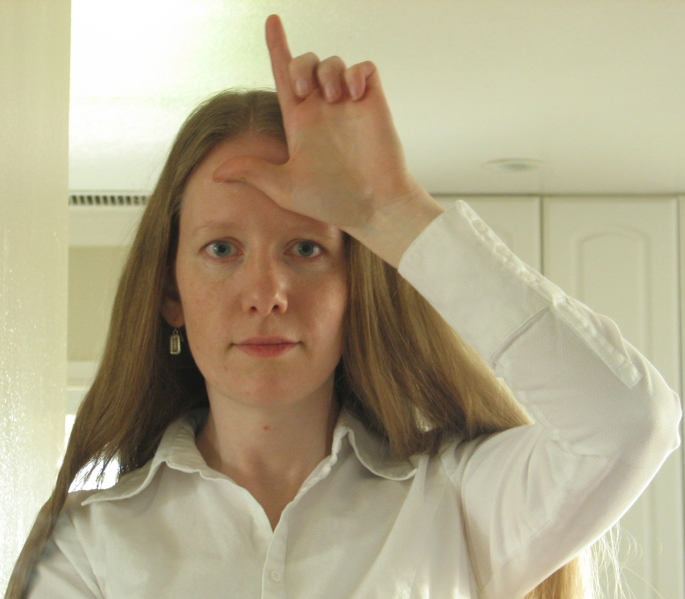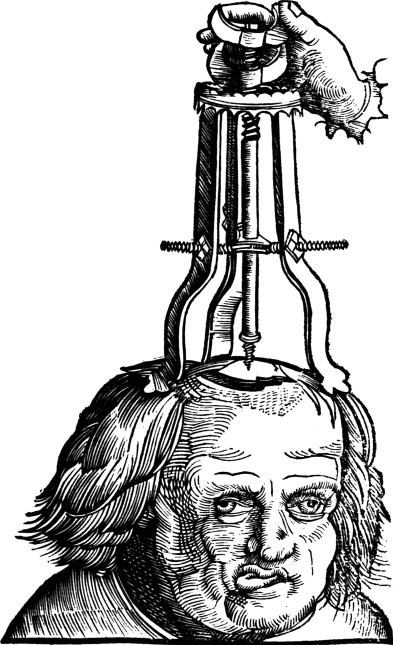Farmer John Walters of Pennsylvania was fond of pie–really, really fond of pie. A story of his dietary exploits from the March 11, 1901 Brooklyn Daily Eagle:
“During the year just closed, Mrs. John Walters of Point Township, Pa., has made 8,303 pies and her husband records the fact with evident pride. Mr. Walters, the story goes, was a lover of pie before he met his wife-to-be. Mrs. Walters tells, nowadays, that one of the stipulations of the marriage contract was that she should have pies on the table every day till death did part her and her husband.The youthful bride, at the start, baked many pies such as Mr. Walters’ mother had never made. But she improved.
Farmer Walters came down the valley on the day the 8,303rd pie was baked to spread the news. He is a tall fellow, with the appearance of a champion pie eater. One of his seven lanky sons, each of whom inherits his love for crisp pastry, accompanied him, to bear witness to the truth of his father’s statements. Inquiry as to who ate all the pies was natural.
‘Who ate the pies?’ Walters repeated after his questioner. ‘Why, we home folks, of course. I’m good for three a day, and I hope I haven’t raised a son who can’t do as well as the old man. Then I have a hired man who, I’m sorry to say, can beat even me. Why, that fellow will eat six pies a day and get on ’em. Never had a hired man about the place who couldn’t eat pies. The last man I had said he had stomach trouble and wouldn’t touch the nicest tart Mary could bake. He disappeared one night with my best colt and I haven’t seen him since.’

“I have known the hired man to make a pig of himself.”
Farmer Walters took a day off recently to figure up some statistics of his wife’s pie baking. ‘July, with 809 pies, was the prize pie month. That was during harvest. I won’t have a harvester unless he eats pies. Never saw a good worker that didn’t like ’em. Figuring that Mary’s pies are a foot across, and putting them all in a string, they would reach a mile and a half. Putting them one on top of the other they would be higher than the Eiffel Tower. Putting them a step apart they would reach 4.7 miles, and a man can tramp on a pie every step.
‘Who bakes the pies? My wife of course. She wouldn’t let anybody try her hand at such an important job. She bakes ’em in a big oven in the garden, where they get the flavor of the hickory bark. Nothing like hickory bark to make a pie taste right.
‘Every day she baked twenty pies. She says that is enough for any family. Of course, Saturdays and days when we have visitors she doubles up. On days like that I have known the hired man to make a pig of himself. That fellow will eat two pies more than he ought to when he has ’em to work on.’
Farmer Walters is 65 years old. Figuring on three pies a day he thinks he has eaten about 43,800 pies since his marriage.
‘Of course,’ he said, ‘that may be a leetle high or a leetle low. Mary and I never kept any account of the number we ate since she said ‘yes.'”






























